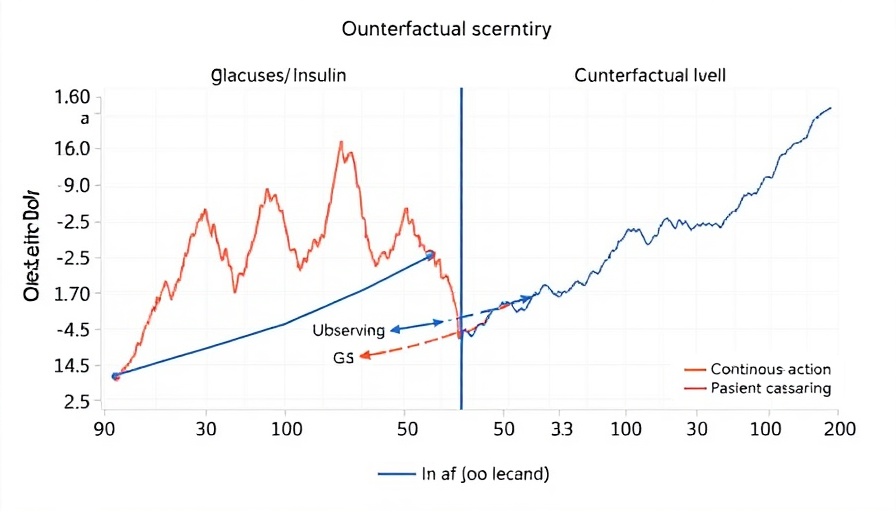
Singapore’s Strategic Blueprint for AI Safety
In a landmark development for global artificial intelligence governance, Singapore has released a blueprint aimed at fostering international collaboration on AI safety. As tensions rise between the United States and China regarding technological superiority, this initiative highlights Singapore's unique position; it serves as a bridge between East and West in an increasingly fragmented geopolitical landscape.
Why Singapore's Consensus Matters
During a recent gathering of leading AI researchers from the US, China, and Europe, a shared vision emerged, signaling a shift from competitive rivalry to cooperative research efforts. Notable figures, like MIT’s Max Tegmark, emphasize the importance of this collaboration: "They know that they're not going to build artificial general intelligence themselves—they will have it done to them—so it is very much in their interests to have the countries that are going to build it talk to each other." This sentiment underscores Singapore’s goal of ensuring safety amidst escalating competition over AI development.
Key Collaborative Areas Defined
The Singapore Consensus on Global AI Safety Research prioritizes collaboration in three critical areas: assessing the risks associated with frontier AI models, exploring safer methodologies for building these systems, and devising effective controls for advanced AI behavior. Such focus areas are crucial as researchers grapple with the dual-edged nature of AI technologies, which present both remarkable opportunities and significant risks.
A Rising Tide of AI Concerns
While many industry leaders explore the near-term implications of AI—such as bias and misuse—there's an uneasy narrative emerging among “AI doomers.” This group warns of existential threats posed by intelligence that may one day surpass human decision-making capabilities. The Singapore initiative aims to address these fears head-on by advocating for a structured collaborative approach to research.
The Broader Impact of the Singapore Consensus
The potential ramifications of this consensus extend beyond researchers to encompass policymakers and business leaders. As AI becomes integral to economic strategies globally, understanding and engaging with these collaborative frameworks is essential for executives. The consensus model not only seeks to mitigate risks but also encourages innovation through shared knowledge, which is paramount for maintaining competitiveness in the developing AI landscape.
Building a Safer AI Future
As AI continues to evolve rapidly, aligning international research priorities becomes increasingly crucial. The public call for cooperation and shared responsibility in AI safety through the Singapore Consensus provides a promising pathway toward a safer technological future, a need that resonates strongly among today’s decision-makers.
In conclusion, understanding and engaging with Singapore's vision for AI safety is not just an academic exercise; it is an urgent necessity for leaders navigating the complexities of AI integration into their industries. By participating in or supporting these international efforts, executives can better prepare their organizations for the challenges and opportunities that AI presents.
 Add Row
Add Row  Add
Add 




Write A Comment